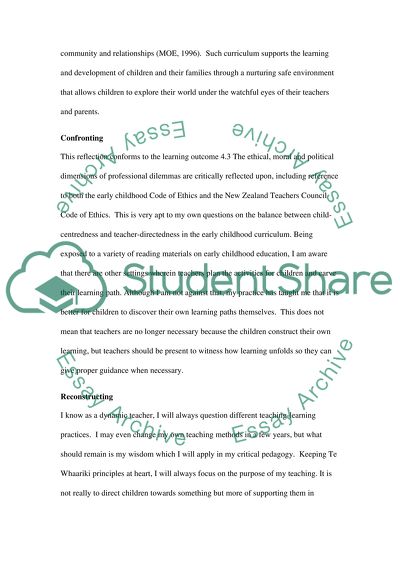Cite this document
(“Reflections of what happened in early childhood center of early Essay - 1”, n.d.)
Retrieved de https://studentshare.org/education/1392439-reflections-of-what-happened-in-early-childhood
Retrieved de https://studentshare.org/education/1392439-reflections-of-what-happened-in-early-childhood
(Reflections of What Happened in Early Childhood Center of Early Essay - 1)
https://studentshare.org/education/1392439-reflections-of-what-happened-in-early-childhood.
https://studentshare.org/education/1392439-reflections-of-what-happened-in-early-childhood.
“Reflections of What Happened in Early Childhood Center of Early Essay - 1”, n.d. https://studentshare.org/education/1392439-reflections-of-what-happened-in-early-childhood.


